Readers Write 8/8/12
Submit your article of up to 500 words in length, subject to editing for clarity and brevity (please note: I run only original articles that have not appeared on any Web site or in any publication and I can’t use anything that looks like a commercial pitch). I’ll use a phony name for you unless you tell me otherwise. Thanks for sharing!
Note: the views and opinions expressed are those of the authors personally and are not necessarily representative of their current or former employers.
RTLS: A No Brainer to Enhance Top-Line Revenue and Drive Clinical and Financial Improvements
By Deborah Tuke Bahlman RN
Real-time location systems (RTLS) are underutilized in the health care domain. I consider myself and my organization fortunate to have access to this technology and can’t imagine what life would be like without it.
Just a little over a decade ago, our periop staff, surgeons, and anesthesia teams spent considerable time using the phone to determine the patient’s physical location and stage of care. Communicating this information by phone is inefficient and a waste of precious patient care time, resulting in numerous phone calls, potential delays to surgery, and an environment not conducive to healing and quiet.
At our two large flagship facilities in Oregon, we have more than 75 operating rooms. We have been able to accommodate growth by eliminating inefficiencies — like multiple phone calls — and can now find equipment quickly at the click of a mouse.
To accomplish this, we installed a real-time tracking system. We spent 18 months analyzing workflow and working with the vendor to design the application. We piloted the system in 2002, starting with asset tracking and then expanding it to track patients. This gave us the ability to locate people and equipment in real time and improve workflow, communication, patient throughput, and care delivery efficiency. The ability to instantly locate needed equipment also had a positive impact on the bottom line by reducing unnecessary purchases and rentals.
The benefits have been impressive. There are three key ways a hospital can optimize clinical performance, workflow, revenue, operations, and patient safety with RTLS:
- Tracking. Being able to quickly identify and track any tagged equipment, staff, or patients anywhere within a facility equates to on-time procedures and efficient use of nurses’ valuable time. It helps staff easily locate assets, maintain an accurate inventory, and adhere to regulatory requirements. RNs typically spend about one hour per shift looking for missing equipment, additional staff, or the actual patient. This unnecessary time contributes to delays in 30% of all scheduled surgeries.
- Rentals. The average US hospital owns or rents at least twice as many mobile medical devices (pumps, vents, wheelchairs, etc.) than it actually needs. RTLS provides visibility into inventory which enables facilities to better match supply with occupancy and acuity needs, which can eliminate excess inventory and result in significant cost savings.
- Preventive maintenance. RTLS improves the timeliness of preventive maintenance by providing data that helps hospitals identify process inefficiencies in equipment management including cleaning and sterilization. Up to 25% of mobile assets are not properly cleaned between patients, resulting in hospital-acquired infections that can adversely affect a hospital’s bottom line now that insurers have stopped coverage for those conditions.
It is astounding that only 10% of hospitals have implemented RTLS, which can quickly boost top-line revenue. With health systems wrestling with declining reimbursement rates and increased regulatory mandates and quality improvement initiatives, the pressure to improve operational efficiency and care has never been greater.
For Providence St. Vincent Medical Center and Providence Portland Medical Center, RTLS has been a true asset. We plan to further maximize our RTLS investment by integrating it with our new EMR. The integration will streamline access to lab results, medication lists, and other critical data, positioning us to meet the challenges of the rapidly changing health system.
Deborah Tuke Bahlman RN is system manager of surgery information systems at Providence Health & Services of Renton, WA.
Carrying the Torch
By Guy Scalzi
As part of the Olympic coverage, I’ve learned more about the significance of the Olympic Flame and the journey it takes through the host country before the last torchbearer lights the cauldron at the opening ceremony in the Olympic Stadium, marking the official start of the Games.
As you know, the Olympic Flame stands for peace, unity, and friendship. As part of the London 2012 Games, 8,000 inspirational torchbearers carried the Olympic Flame through more than 1,000 cities, towns, and villages in the UK over a 70-day journey delivering that message: peace, unity, and friendship.
The stories of the torchbearers are inspiring, and the images of the 70-day relay journey are truly breathtaking. I encourage you to read their stories watch some of the relay footage.
You and I both know that it took many more than the 8,000 torchbearers to make this accomplishment possible. Day in and day out, all of us in the HIT field support our torchbearers – the nurses, physicians, and other clinicians at the bedside delivering care. And yes, our flame represents patients and their care quality and outcomes. We all play a part in carrying the torch, and it’s essential to keep our eye on the flame — the patient. The more the human element is kept at the forefront by all of us, the better healthcare will get.
I was invited to the Yale Medical School graduation in 2010 and heard Don Berwick MD speak to the class. He emphasized that the person-to-person, clinician-patient relationship and interactions are possibly the most important part of care giving. Two points he shared struck me:
- “All that matters is the person. The individual. The patient. The poet. The lover. The adventurer. The frightened soul. The wandering mind. The learned mind. The Husband. The Wife. The Son. The Daughter …”
- “Those that suffer need you to be something more than a doctor; they need you to be a healer. And to become a healer, you must do something even more difficult than putting your white coat on. You must take your white coat off. You must recover, embrace and treasure the memory of your shared, frail humanity …”
We in the IT realm don’t interact with patients for the most part, but we do interact a lot with the clinicians who treat the patients. If we listen to them, respect them and their work, and relate on a human level, I think this will translate to a better use of technology and perhaps have a ripple effect.
As I shared earlier, the more the human element is kept at the forefront by all of us, the better healthcare will get.
Guy Scalzi is a principal with Aspen Advisors.
Four Tips for Addressing Healthcare IT Implementation Costs
By Walter Reid
A recent KPMG poll confirms that hospitals continue to struggle with managing implementation costs of healthcare IT systems, including electronic health records (EHRs). However, hospitals would do well to take a broader look at their entire IT agenda and make a long-term commitment to maximizing value from those investments. Below are a few ways to better address the healthcare IT implementation challenge.
- Get more from the core. It’s been estimated that most providers only use about 50% to 80% of their IT system’s core clinical and revenue cycle features, and many routinely under-invest in learning about new releases. By re-evaluating your core system capabilities, you can analyze whether or not you are fully leveraging existing resources. Such steps will go a long way toward making the most of the technology you already have.
- Promote from within. If you work with your HR team to develop your own internal “champions of change,” you can drive adoption of clinical informatics and reduce the expense of costly external consultants. That’s not all, as internal champions also can help you further generate – and sustain — system uptake to achieve long-term value. In addition, ensure your systems are readily accessible with easy-to-use applications, based on a familiar industry standard such as Microsoft Windows, as that can further encourage ongoing use of IT.
- Keep it simple. Select an HIS with fully integrated applications and a single-database design. This will help your organization streamline current solutions, retire dormant third-party applications, and consolidate IT providers. Doing so provides opportunities to reduce acquisition costs, system complexity, and maintenance by requiring less hardware and fewer servers. In addition, systems with a faster deployment period and a lower total cost of ownership help ensure that hospitals achieve cost savings over both the short and long term.
- Collaborate. Hospitals should expect greater flexibility and collaboration from those entrusted to develop, deliver, and deploy their critical HIS technology. Move beyond just demanding discounts and suggest collaborative win-win solutions that work for both you and your vendor. This includes offering flexible delivery options, new implementation alternatives, and more efficient and effective methods of system training, including using Skype or other web-based methods.
Ultimately, reducing healthcare IT implementation costs starts with IT vendors themselves. Those that demonstrate a willingness to truly partner with you and provide simple, flexible, cost-effective options are best positioned to help you achieve better business and better care.
Walter Reid is vice president of product strategy and marketing with McKesson.
Consumer Reports Points to Opportunity to Improve Patient Communications
By Tim Kelly
I used it before I purchased my last car, digital camera, and just a month ago when I purchased virus protection software. The “it,” of course, is Consumer Reports (CR) magazine. If you are nodding in understanding, you and I are like eight million other Americans who reference that publication to evaluate automobile tires and scrutinize models of the latest electronic gadgets.
It is thus intriguing that CR has, for the first time, introduced hospital ratings in its August issue. Until now, there were few well-known resources to compare one hospital to another. Arguably, both The Leapfrog Group’s Hospital Safety Score program and Health & Human Services’ Hospital Compare website are readily available to prospective patients. However, neither is “mainstream” and familiar to the readers of CNET, Yelp and TripAdvisor.
Consumer Reports readers will immediately recognize the standardized format with which hospitals are ranked. Safety scores are presented as horizontal bars with a numerical value, while the other key rating categories contain familiar red and black blobs. Both metrics are characteristic of CR ratings for hundreds of products and services.
Unlike the cleaning performance of a laundry detergent, the quality of care offered by a hospital is extremely difficult to summarize with only a number and a few shaded circles. Critics will argue that the historical data employed for the CR rankings is by default out of date when presented, imprecise, and limited in scope, failing to provide a complete picture of the organization. Ironically, those same concerns apply to the just-released U.S. News & World Report rankings of Best Hospitals. Yet for 23 years, hospitals have proudly cited their top U.S. News rankings on their organizations’ websites and in their press releases.
Clearly, the difference between the U.S. News approach and the Consumer Reports approach is that as an independent, non-profit organization, the publishers of CR do not hesitate to be critical – even to the extent of identifying the “Bottom 10 Hospitals” in their rankings. CR is also quite comfortable copiously assigning black blobs – its “worst” rating. Nowhere are the black blobs more abundant within the hospital ratings than in the “Communication” category. The CR article reports that not a single hospital earned its top score for communications.
This glaring weakness will have many in the HIT community scratching their heads. Conceivably, patient communications can be improved with proportionally less effort than might be required for other categories, such as rates of hospital-acquired infections or readmissions. A three-year study of 394,000 Kaiser Permanente members, published in the July issue of The American Journal of Managed Care, found that use of Kaiser’s online personal health record tools made patients 2.6 times more likely to remain members of Kaiser. The Kaiser experience demonstrates how technology can easily be deployed to assist patients with better understanding their procedures, how to prepare for surgery, what to do when discharged, and how to take new medications.
Consumer Reports has introduced a new ratings system, one that provides easy-to-understand comparison data on 1,159 hospitals. The ratings are from a recognized, trusted source, and they are presented in a familiar, digestible format. The impact, if any, of CR ratings on consumers’ choice of hospitals is unknown. The opportunity to redouble efforts to deploy HIT initiatives to improve patient communications should be clear to all of us.
Tim Kelly is vice president of Dialog Medical.


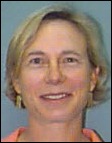


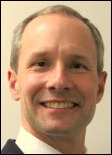

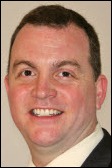

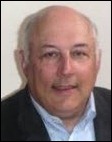

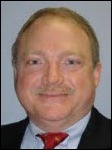



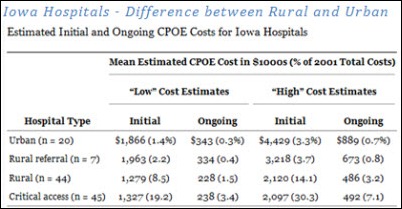
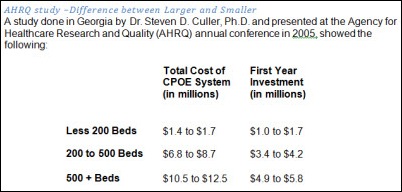

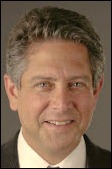
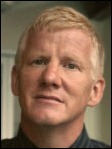











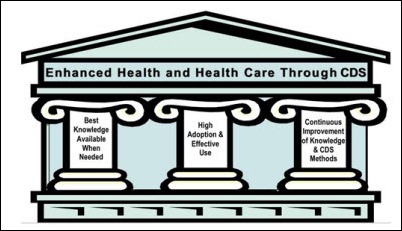
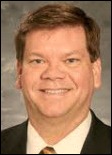


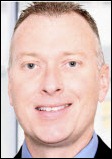
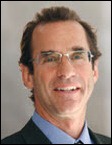


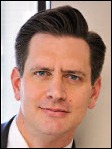
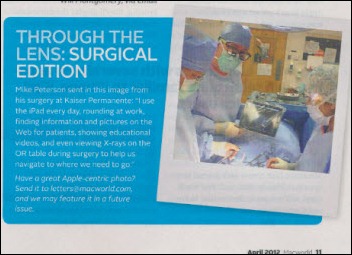
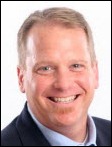
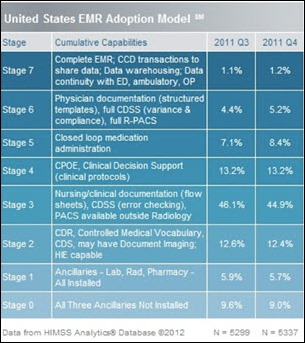
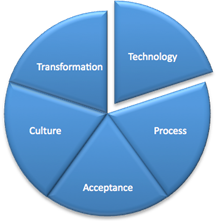

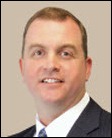
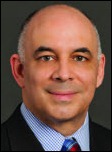


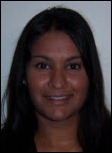


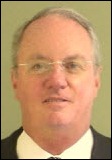
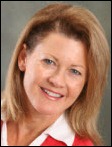

I dont think anything will change until Dr Jayne and others take my approach of naming names, including how much…